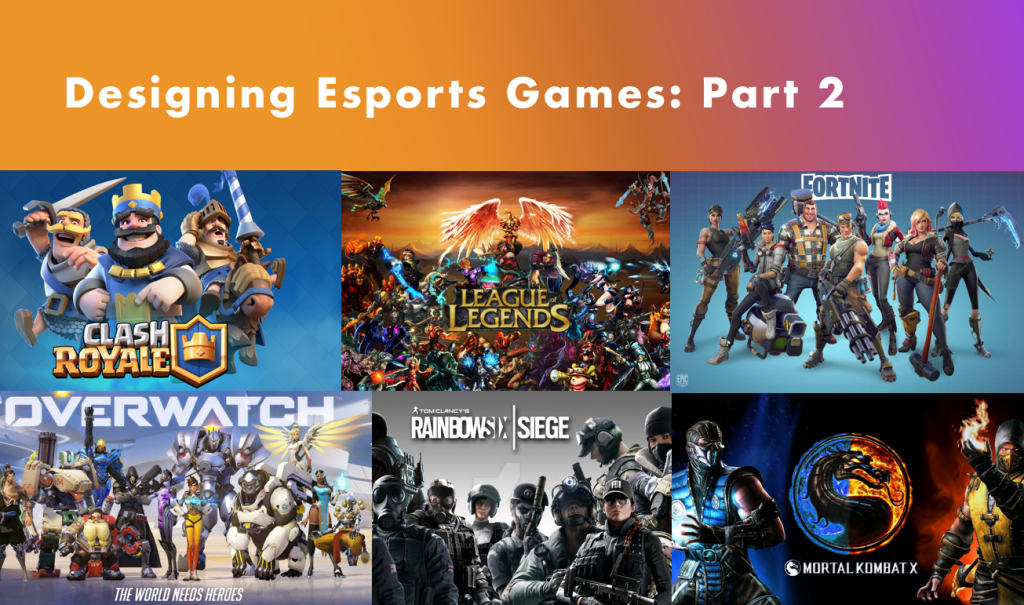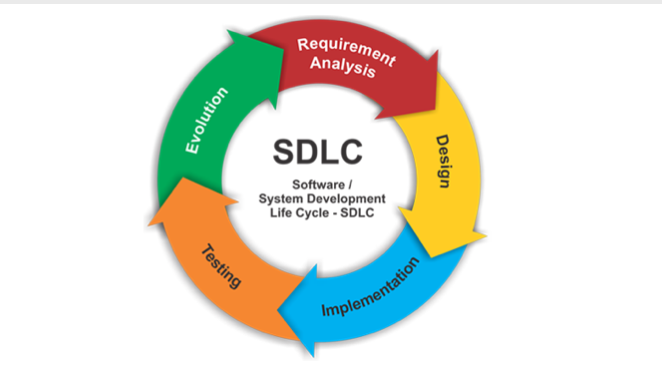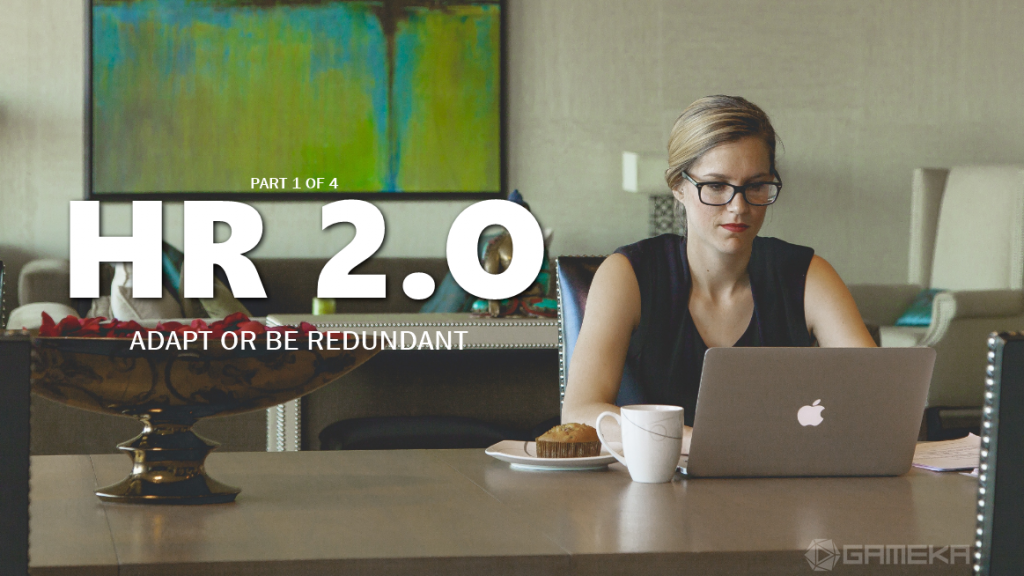
“Highly engaged employees make the customer experience. Disengaged employees break it.” – Timothy R. Clark, executive coach and organizational consultant
We live in a world full of distractions. Our smartphones are forever buzzing while social media is constantly knocking on our doors. Furthermore, the internet an ever-present and easily accessible tool. The danger of getting sucked into the black hole of procrastination is a real threat to productivity. As such, keeping employees engaged has become increasingly challenging.
Employees become bored if not engaged. Boredom leads to procrastination. This leads to lower productivity levels. If not dealt with early on, employee disengagement can transform into something venomous, often resulting in high staff turnover and low productivity levels.
While the statements above paint a bleak and depressing picture, there is, however, light at the tunnel. There is a way to combat boredom and disengagement. Gamification is the weapon of choice.
What is Gamification?
Gamers will know the immense satisfaction that one gets from levelling up, defeating a boss and unlocking a new weapon or skill. It’s addictive and tempting. Correspondingly, it requires an individual to invest as much time as possible into the game. As such, it’s not surprising that Human Resource professionals have caught wind of the positive impact video games could have on employees and businesses. Despite one might think, gamification does not mean filling the entire office with video game consoles. Instead, it refers to the process of incorporating game mechanics and game design principles into mundane tasks.
Reminders to keep in mind before gamifying your office
- Focus and engagement should be the focus of gamification.
- Any form of gamification should not alienate any staff, regardless of rank or position in the company.
- Gamification should focus on improving the whole team of employees not just individuals
Gamifying your Office
- Leaderboards. A little bit of healthy competition in the workplace is good thing. Introduce a leaderboard system. Each complete task earns employees points. It’s a win-win situation. Employees are engaged and highly motivated to become the top performer to get the reward while the office productivity levels will increase. Furthermore, employees will continuously strive to out perform one.
- Points. Most video games incorporate a points system. This allows the player to keep track of his score. Furthermore, it gives a sense of pride in achieving a certain score. The same can be applied to the office. Introduce a score system. Every goal achieved, every new client brought in or just opening a door for a coworker earns employees points. In conclusion, a points system is a great way for employees to keep track of their achievements.
- Awards & Badges. These are for the top dogs. These rewards are highly exclusive. Employees will earn them on special occasions. For example, an award is given to the employee with the most sales at the end of the year or brought the biggest client to the company. Employees will not receive badges and awards on every occasion. This way their worth will increase significantly. Moreover, it will serve as strong motivation.
- Instant Feedback. Games give instant feedback to players. That’s how they know what they are doing right and wrong. The same should be applied to the office. Give employees instant feedback on a task or activity. In this way, they will know how to improve themselves and will strive to be better. Furthermore, they will be able to identify their strengths and overcome their weaknesses.
Please feel free to drop an email or contact us if you require any information on how to gamify your office.




About The Author: Luke@gameka.my
More posts by luke@gameka.my